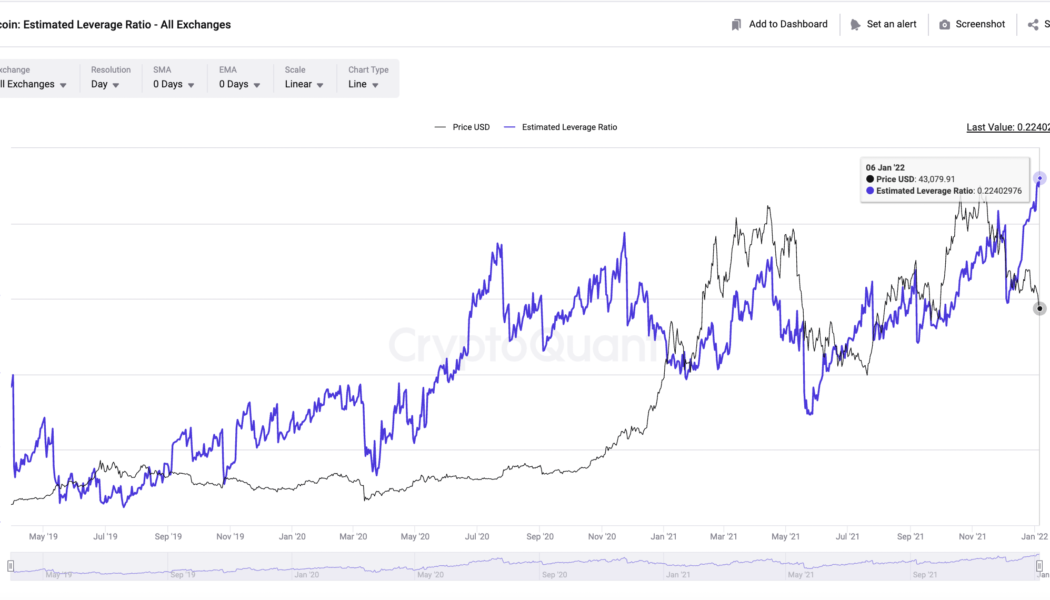Bitcoin Trader
What is Bitcoin whale watching and how to track Bitcoin whales?
Whales are held responsible for sudden price fluctuations in the crypto and traditional markets every so often. Given their capability to manipulate market prices, it becomes paramount for the general Bitcoin (BTC) investors to understand the nuances that make one a whale and their overall impact on trading. Wallet addresses that contain large amounts of BTC are identified as Bitcoin whales. Dumping or transferring large amounts of BTC from one wallet to another negatively impacts the prices, resulting in losses for the smaller traders. As a result, tracking Bitcoin whales in real-time allows small-time traders to make profitable trades amid a fluctuating market. Despite Bitcoin’s global and decentralized nature, tracking down and monitoring whales simply boils down to accessing read...
Orange-pilled by Michael Saylor, NorthmanTrader CEO now a Bitcoin supporter
There is still room for humility and humor amidst a gloomy January for Bitcoin (BTC). A former outspoken Bitcoin critic has flipped bullish on Bitcoin after conversations with Michael Saylor, CEO of Microstrategy. What’s more, Sven Henrich, the CEO of market analysis firm NorthManTrader, made light of his change of heart retweeting a jibe from Twitter account Documenting Bitcoin. Excellent https://t.co/tAIwLWJfKv — Sven Henrich (@NorthmanTrader) January 24, 2022 Despite his previous comments that Bitcoin “fixes nothing”, Henrich has followed the crypto markets for three years. He tweeted regularly about Bitcoin price action, offering market analysis as reported by Cointelegraph. However, he had no intentions of buying. In 2022, he is now a “supporter of Bitcoin.” That means an “expos...
Bitcoin leverage ratio reaches new highs
The estimated leverage ratio for Bitcoin (BTC) hit a new all-time high last night according to CryptoQuant. Further metrics point to growing leveraged interest, but liquidations have remained relatively low. According to on-chain analytics resource CryptoQuant, while the Bitcoin price fell off a cliff over the past 24 hours, the estimated leverage ratio reached 0.224, an all-time high. The metric works by dividing exchanges’ open interest by their coin reserve. The result shows how much leverage traders are using on average. A higher ratio, such as 0.22, indicates that more investors are taking high leverage risks. Conversely, lower values mean traders are increasingly risk-averse in their derivative trading. The blue line on the graph below, it’s trended upwards since June 201...





